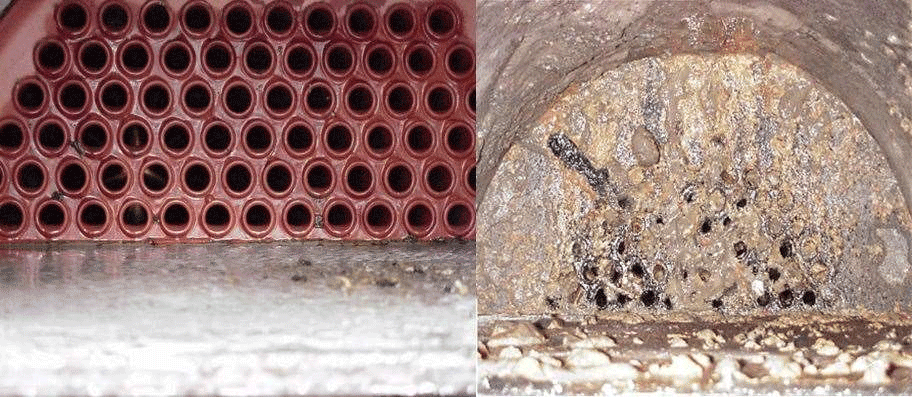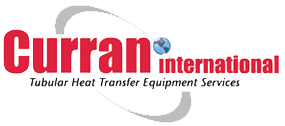Case Study: Coating Cooling Water Exchangers
Project Objective
Since the early 1980s when use of chromate was banned as a corrosion and scale inhibitor for industrial cooling water systems, refineries have been challenged by the increased maintenance of exchangers. In the early 1990s a Gulf Coast refinery was introduced to thin film tube ID coating as a “value add” for its replacement carbon steel cooling water exchangers. The downtube coating was to improve scale “release” and a thin-film protective barrier to deposit corrosion. Since the initial application more than 200 cooling water exchangers across the entire refinery were coated.

Tube ID Coating Increase Cooling Flow
Nearly 15 years after initial applications, the refinery collected data on results. Some of the highlights are below.
Project Summary
The refinery is a large integrated complex, with several cooling towers spread thought out the property. The reliability group had specific bundles to target for tube ID coating – “bad actor” bundles where duty is impacted by excessive fouling, tube ID propagated corrosion created leakers; carbon steel operating in high temperature resulting in severe fouling and short life; and deposit corrosion, including MIC. These exchangers required frequent monthly maintenance; repair of leakers and frequent tube ID cleaning to recover duty. The refinery attributed more than $5K/bundle per cleaning event, with tangible impact to operations when unit output was reduced.
Over more than a decade of adding coating to in-kind replacement carbon steel exchangers, and with nearly 25% of the refinery’s cooling water exchangers now coated, the fixed equipment reliability team was able to mark several benefits off these known “bad actors”:
- The mean time between leakers increased 6X; when uncoated there was an average of 6.5 leakers per month
- The mean time between leakers has gone to 15+ service years from 2.5 service years for these bad actor bundles
- The average length of run for these “bad actors” to any maintenance increased 3x after coating
Results cited in 2 units
Overhead cooler - High inlet temperatures, 390F shell side, tube side maintenance was required every 6 months, estimated annual cost O&M costs was $190K. A new coated exchanger was installed, cost for coated replacement was recovered in 2 months, after 10 years the exchanger only required rinse of tubesheet of cooling tower debris.
Hydrocarbon condensers - Cooling water condensers in Cat Cracker were subject to high fouling and unit cutbacks as a result of head pressure, averaged of 10 outages a year for maintenance, and had a significant impact on production. In-kind new fabrication coated replacements exchangers were installed and in the 10 years of service there were no outages for leakers or tube cleaning. The cost of coated replacement exchangers had a one year payoff.
Conclusion
When reliability department report of results of coated, and former “bad actor,” exchangers was completed, the refinery was able to extrapolate operations and maintenance savings of about $2.0M annually. This was a result of nearly 200 fewer cleaning and/or repair tasks to these coated exchangers compared to uncoated maintenance records.
Contact Curran International for more information about Exchanger Tube Coatings.
To Learn More, please email Ed Deely, edeely@curranintl.com, or call +1 281-339-9993
SEO Services by Essential Information Technologies
Copyright © Curran International All rights reserved.
